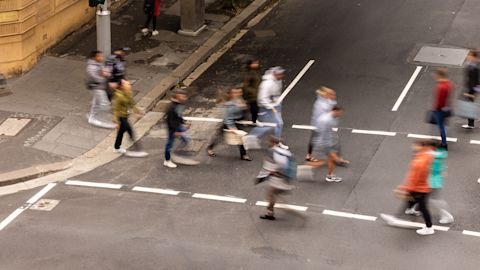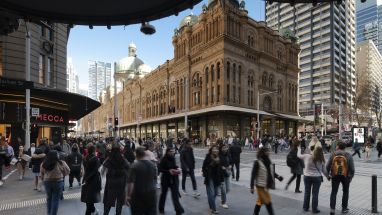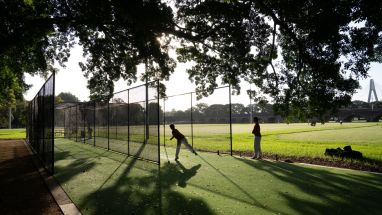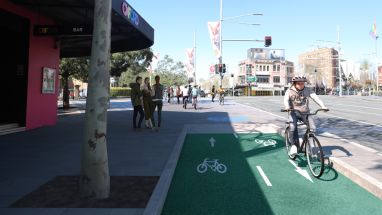We’ve just refreshed a 1km stretch of Clarence Street in the city centre.
Nearly one quarter of the materials are recycled – a mix of crushed glass and asphalt ripped up from other Sydney streets.
What are the benefits of using a mix of new and recycled materials?
The recycled goods paving a new future for our roads
Around 120,000 glass jars and more than 200 tonnes of reclaimed asphalt were used in the project.
We undertook this work between Druitt and Jamison streets at night to minimise disruption, using the recycled materials to renew more than 8,000m² of road surface.
“What was once considered waste is now being seen as a resource. This shift away from linear thinking is vitally important to tackling climate change and improving circular economy outcomes,” Lord Mayor of Sydney, Clover Moore AO said.

Some glass bottles and jars can’t be recycled to become another glass container. Despite the best efforts of people putting them in the yellow lid bin, they end up in landfill.
But Clarence street isn’t our first project. Since July 2021, we’ve used around 1.5 million recycled glass jars and more than 6,000 tonnes of reclaimed asphalt in road renewal.
Can recycled materials handle heavy vehicles?
In a word – yes.
The product used on Clarence Street is densely graded asphalt and meets standards set by Transport for NSW for heavy duty traffic operations.
While 20% of the asphalt is reclaimed from roads that have reached the end of their lives, using this quantity of recycled goods is proven to have no impact on the quality of surface.
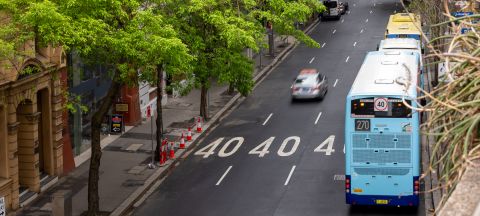
We resurface around 35,000m² of road each year. By favouring more sustainable materials, we can continue to ensure long-term benefits.
As part of our commitment to create more circular economy streams and reduce waste that ends in landfill, we also use other materials like crumbed rubber, printer toner and soft plastics in asphalt mixes in road resurfacing.
The City of Sydney is one of 16 Sydney councils to sign up to Paving the Way, a joint initiative led by the Southern Sydney Regional Organisation of Councils aiming to use 100 million glass containers a year in the renewal of local roads.
Published 14 November 2023, updated 21 November 2023
